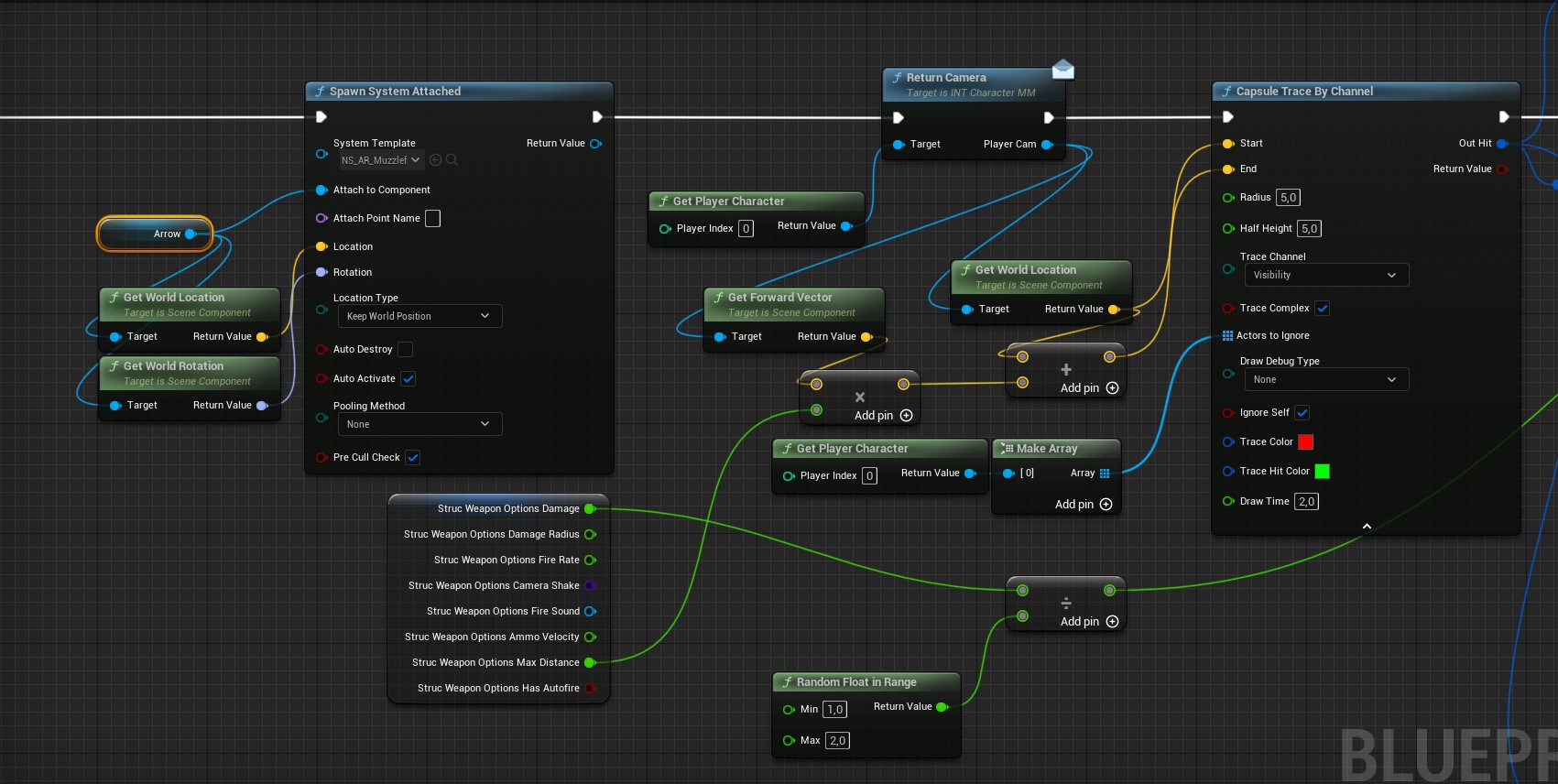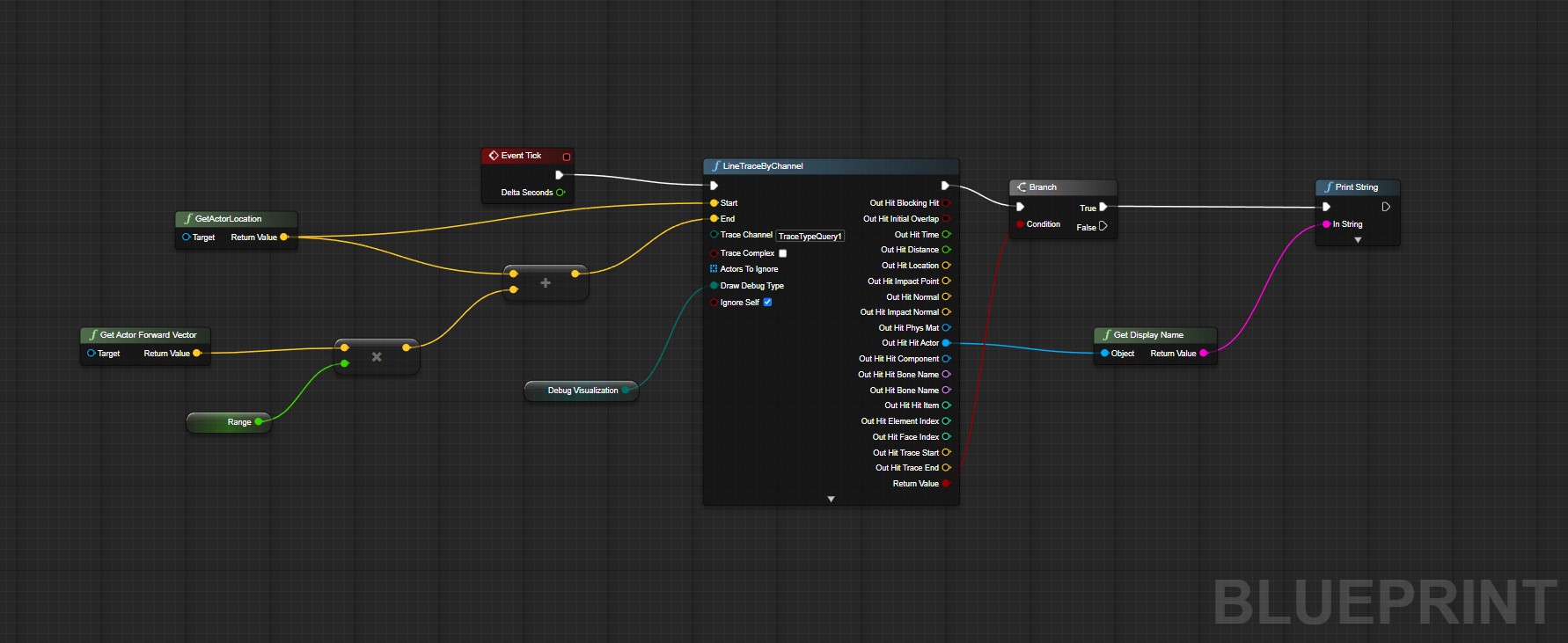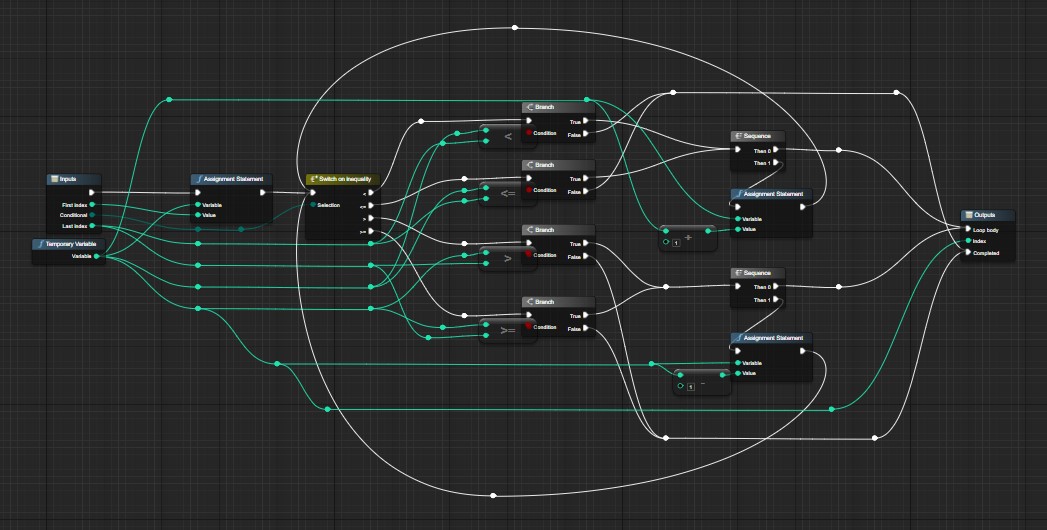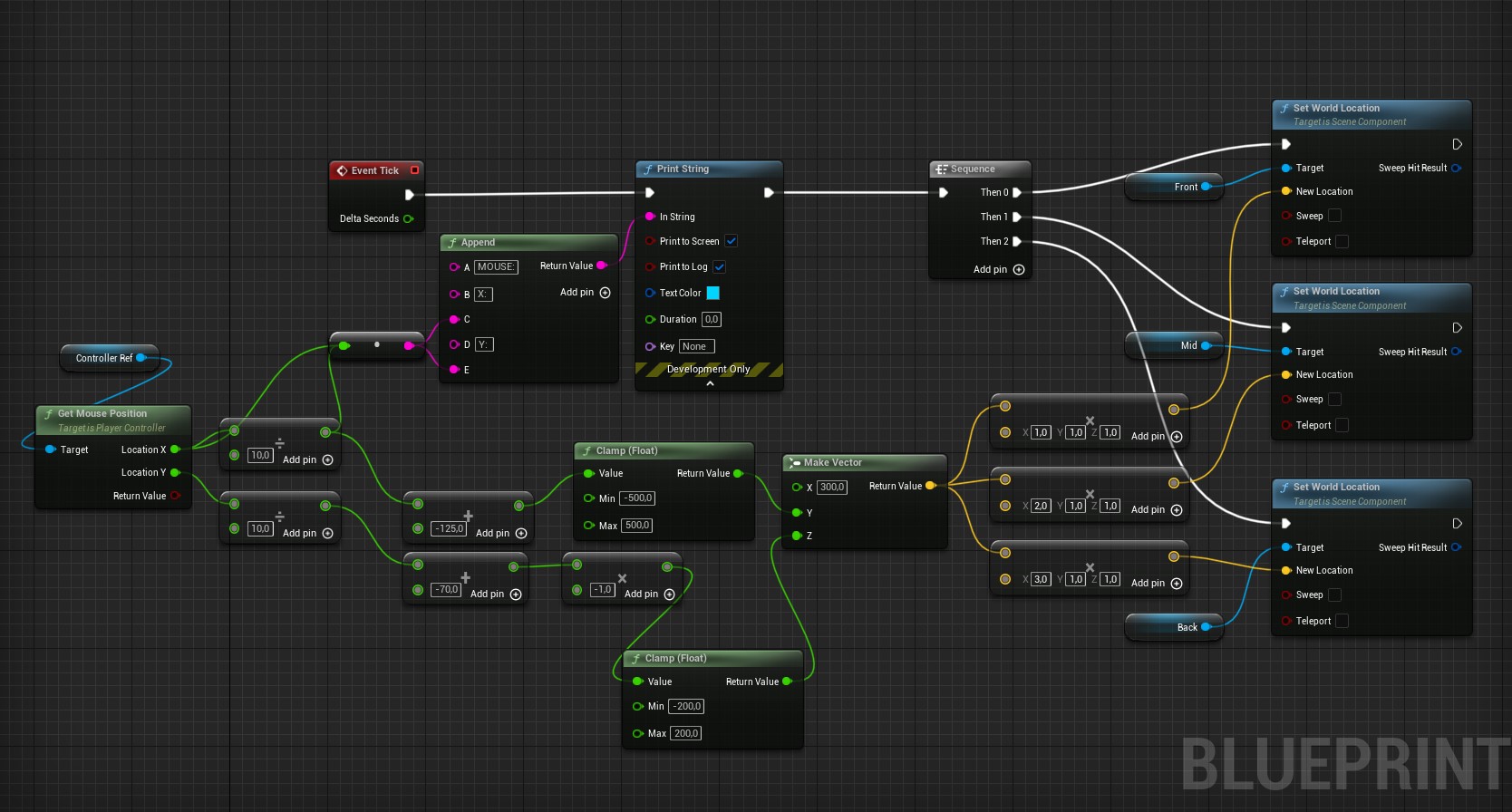Elon Musk’s xAI has released Grok, a large language model (LLM) aimed at rivaling existing models like OpenAI’s ChatGPT. The release of Grok-1, which contains a staggering 314 billion parameters, marks a significant step in Musk’s ambition to democratize AI technology and challenge the dominance of proprietary models.
Grok-1 is an open-source model, with its weights and architecture available under the Apache 2.0 license. This model is designed using a Mixture-of-Experts architecture, which allows only a portion of the model’s weights to be active at any given time, optimizing efficiency and performance. Despite its open-source nature, the proprietary training data and real-time data streams used to enhance the model’s capabilities are not included in the release (X.ai) (AI News).
The creation of Grok aligns with Musk’s vision of promoting free speech and countering what he perceives as the “woke” ideologies embedded in other AI models. However, Grok has faced its share of controversies. Initially, users noticed the model’s left-wing libertarian bias, which Musk has pledged to correct to achieve political neutrality. Additionally, Grok has been criticized for occasionally generating inaccurate or misleading information, particularly in its news summaries and fun mode responses (Wikipedia).
In terms of accessibility, Grok was initially available to Premium+ subscribers of Musk’s social network, X (formerly Twitter), but has now been made available to the broader public and developer community. This open-source approach has been praised for encouraging innovation and collaboration, though some experts express concerns about the potential misuse of such powerful AI tools (AI News).
For those interested in exploring Grok, the model’s code and documentation are available on GitHub, providing a valuable resource for developers and researchers to build upon and experiment with this advanced LLM.
You can find more detailed information and access the model through xAI’s official blog post here.




















































